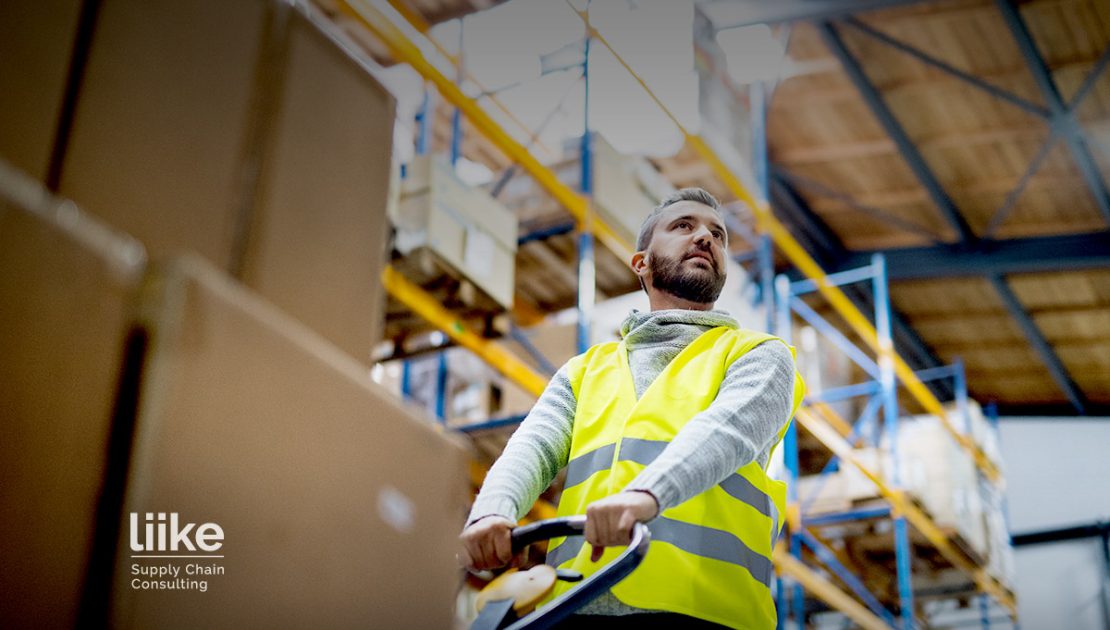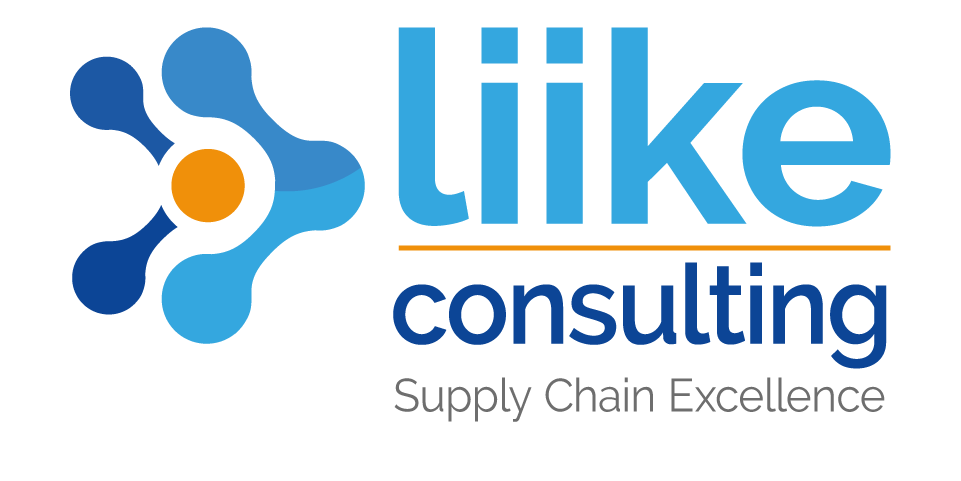- September 27, 2022
- Posted by: admin
- Category: Logistics

Step by step: the path to omnichannel for SMEs
The logistics industry has not been exempt from these changes. Changing purchasing patterns, customer demands, the new role of e-commerce and the difficulties of a pandemic supply chain have led small, medium and large companies to readjust their operations.
Company size is not only one of the factors in understanding this path of change. There is also the “strategy and vision” factor, i.e. where the company is in terms of developing its sales channel strategy and what is the vision it has for the online and digital world facing the industry today, i.e. how attractive this option is to the company.
Many mid-sized companies, for example, are family-owned and traditionally have a way of doing things given their past success and that sometimes makes it difficult to process change and move forward. However, many look at online development and omni-channel as a trend for big brands and retail, but that needs to change and be understood differently, as the changes driven during the pandemic have accelerated the need for an omni-channel operational model that orchestrates the entire operation to provide faster responses to current customers and differentiate themselves from their competition.
We know that any operational change also goes hand in hand with a cultural change that SMEs must initiate and that starts from their commercial vision, understanding that this differential in the way of serving the customer must be addressed now. Starting a B2C model forces you to look at the operation in a different way and also to take a look at omnichannel, which is more than just the development of sales channels.
Hoy los esfuerzos de todas las compañías están en adaptarse al modelo de logística unitario y para eso es fundamental avanzar paso a paso. Aquí algunas etapas esenciales para desarrollar este nuevo modelo:
El primer punto es establecer un plan estratégico, donde la empresa plasme su visión como compañía. Cómo marcar diferencias ante sus competidores, definir con qué cuenta la empresa y qué se debe hacer para avanzar por el camino de la omnicanalidad son algunas de las interrogantes que debe responder. Se debe comenzar con la definición del modelo que se quiere establecer. Finalmente, plasmar en un plan como se apalancará el crecimiento de la compañía.
El segundo paso es analizar su red y capacidad logística. Aquí se busca conocer las capacidades de cada proceso, sus dolores o aciertos y como dar flexibilidad a la operación. El análisis del almacén es el primer paso de este camino en lo netamente operacional. Se debe tener claridad de los procesos, de cómo atender los distintos tipos de pedidos y diseñar cada etapa, ya sea manual o tecnológicamente. La bodega debe tener un diseño y una lógica operacional. Esto no pasa por cambios de CD o adquirir tecnologías solamente, sino en el diseño y análisis de los procesos, de los recursos y de los equipos de trabajo. Así también conocer en profundizar los sistemas internos como serán capaces de conectarse e interactuar para disponibilizar el inventario a lo largo de toda la cadena y los puntos de distribución.
Luego viene una etapa de definir las prioridades, cuál es mi estado actual y así ir realizando sub proyectos que permitan ir avanzando. Por ejemplo, el primer paso puede ser comenzar a vender por internet y generar las capacidades logísticas para hacerlo de forma eficiente en costos y efectiva en nivel de servicio, luego ya viene todo un proceso sistémico que permita finalmente tener una sola visión y adaptar las operaciones para que vayan en línea con las estrategias.
¿Tengo la distribución preparada para atender lo que quiero hacer? o ¿tengo la empresa para optar a una mirada diferente con una forma de trabajo a largo plazo? Son finalmente las preguntas que las compañías deben realizarse para construir este modelo de negocios.
The scenario will continue to change and this requires flexible processes. Everything learned in e-Commerce during the pandemic must now be reinforced with a new strategy that allows an omnichannel approach. The challenge of this new stage is to unite the physical world with the online world under the same look.
“Stop, Look and Listen. Companies need to sit down and think about taking the next step. One thing is to change the logistics model and another is to have omnichannel as a macro and strategic process that is closely related to the companies’ business plan.
